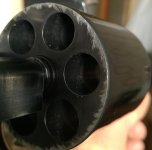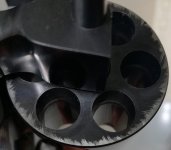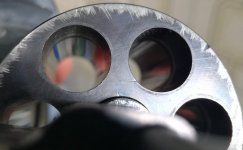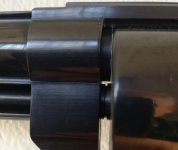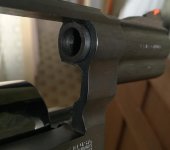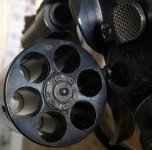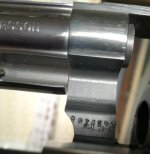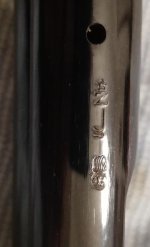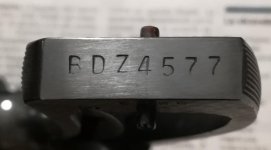Giorgio Italy
Member
Hello everyone
I would need your advice. Do you think something can be done about this problem? As you can see the cylinder crawls on the barrel!
On the back of the barrel I don't think there are any signs of workmanship or burrs. The gap seems correct to me
Thank you
Giorgio
I would need your advice. Do you think something can be done about this problem? As you can see the cylinder crawls on the barrel!
On the back of the barrel I don't think there are any signs of workmanship or burrs. The gap seems correct to me
Thank you
Giorgio

